Exploring Aviation History: My Visit to the National Air Force Museum.
Day before yesterday, my family and I had an opportunity to visit the National Airforce Museum. Located near the Indira Gandhi International Airport in Palam, the museum is easily accessible, and the roads leading to it were remarkably clean. On our way to the museum, we could see various airplane models, adding to the excitement and anticipation.
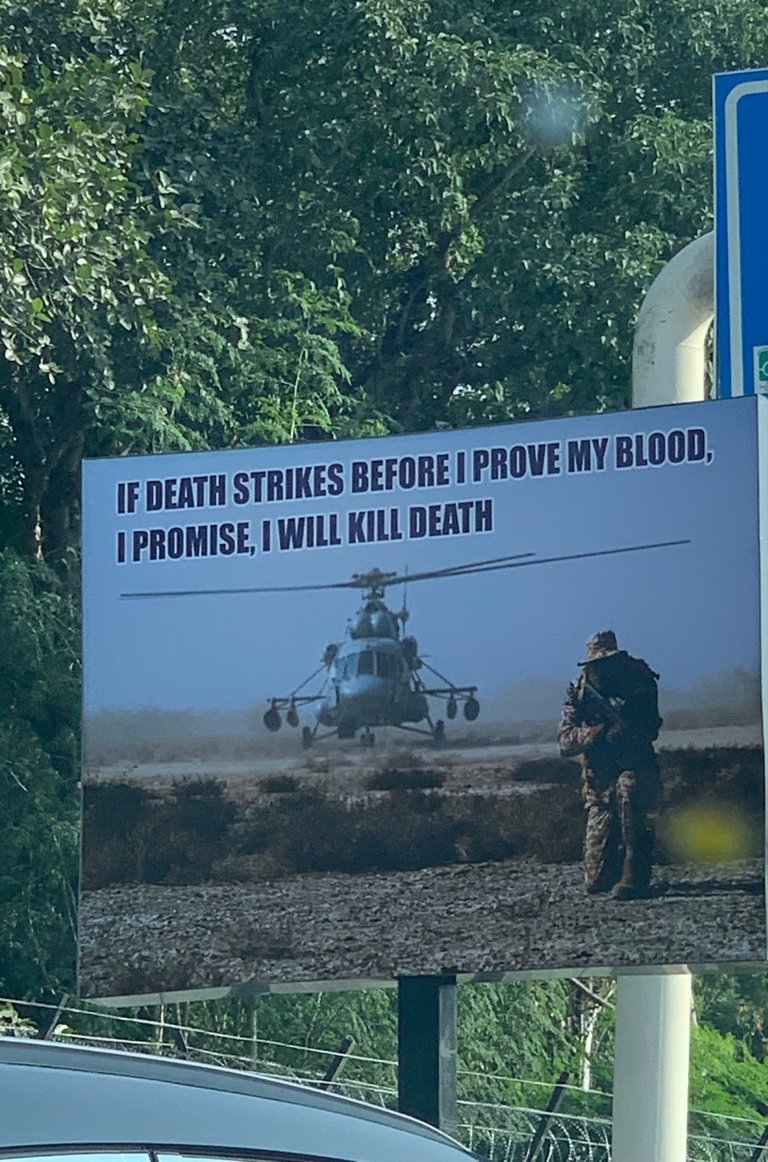
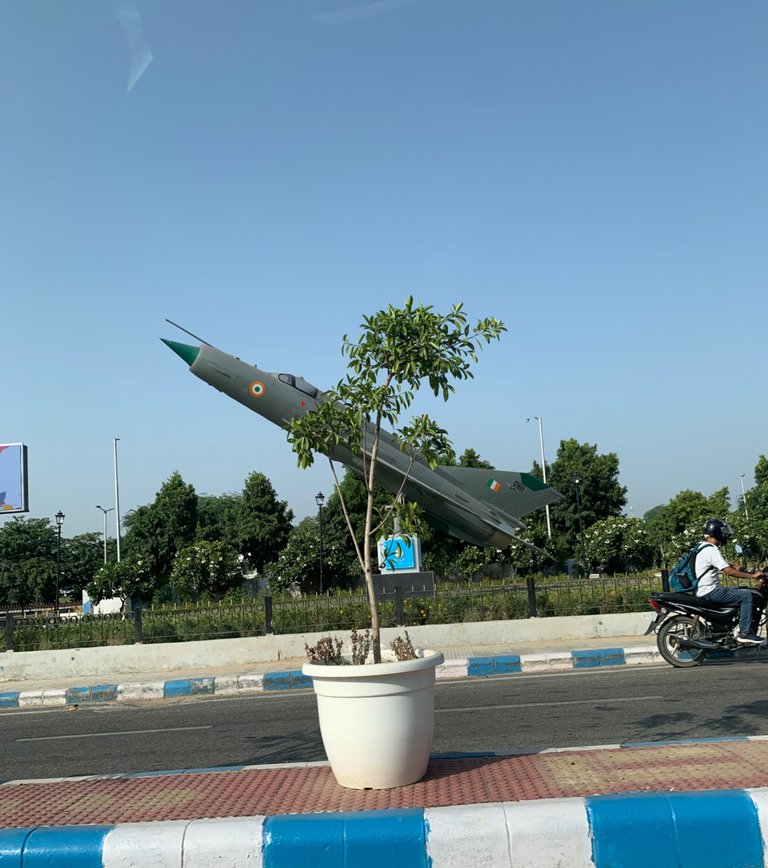
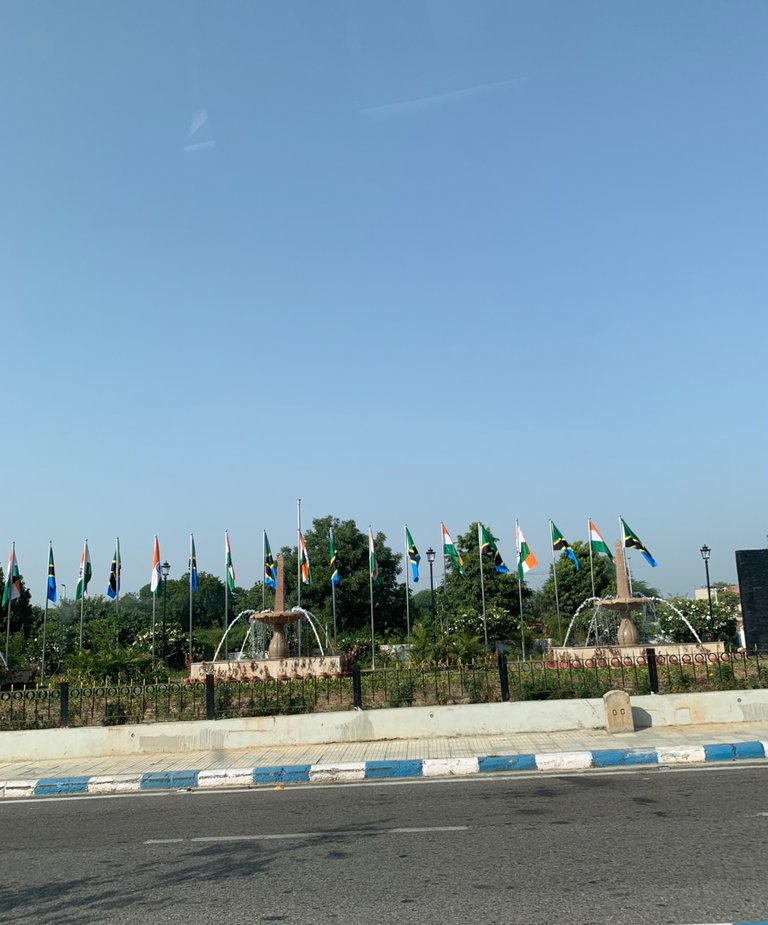
Upon arrival, we obtained our tickets from the reception and began our exploration. The first airplane model that caught our attention was the KH-29 L Training Missile. This laser-guided missile was manufactured in 1980. Moving forward, we encountered the Apollo Lunar Module, a remarkable piece of craftsmanship built by Indian artisans.
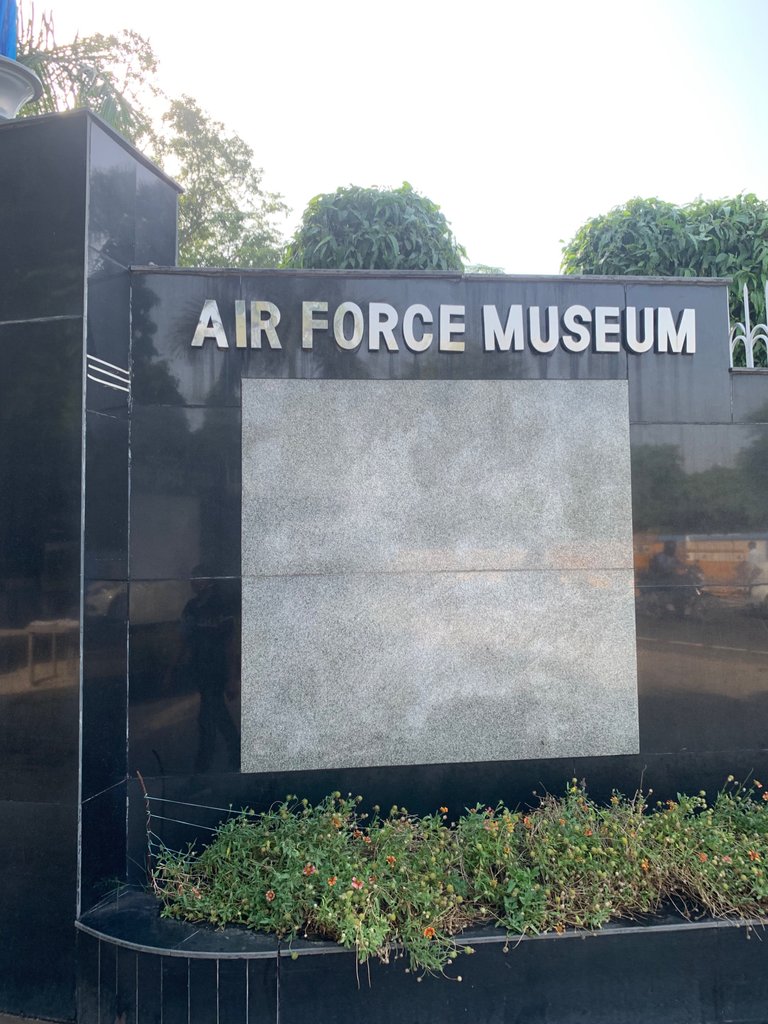

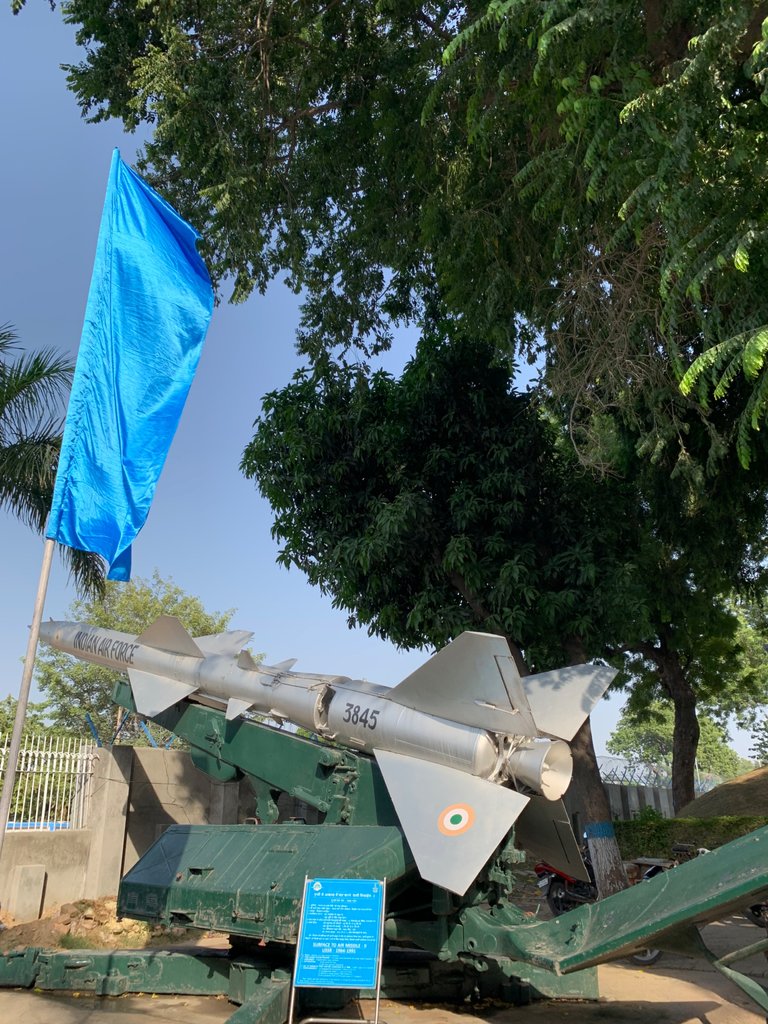
This module was presented to the Indian Air Force Museum by the people of the United States, symbolising the strong bond between two nations. Next, we came across the HPT-32 aircraft, which was primarily used for training and observation purposes. Manufactured by Hindustan Aeronautics Limited, this aircraft played a crucial role in shaping the skills of aspiring pilots.
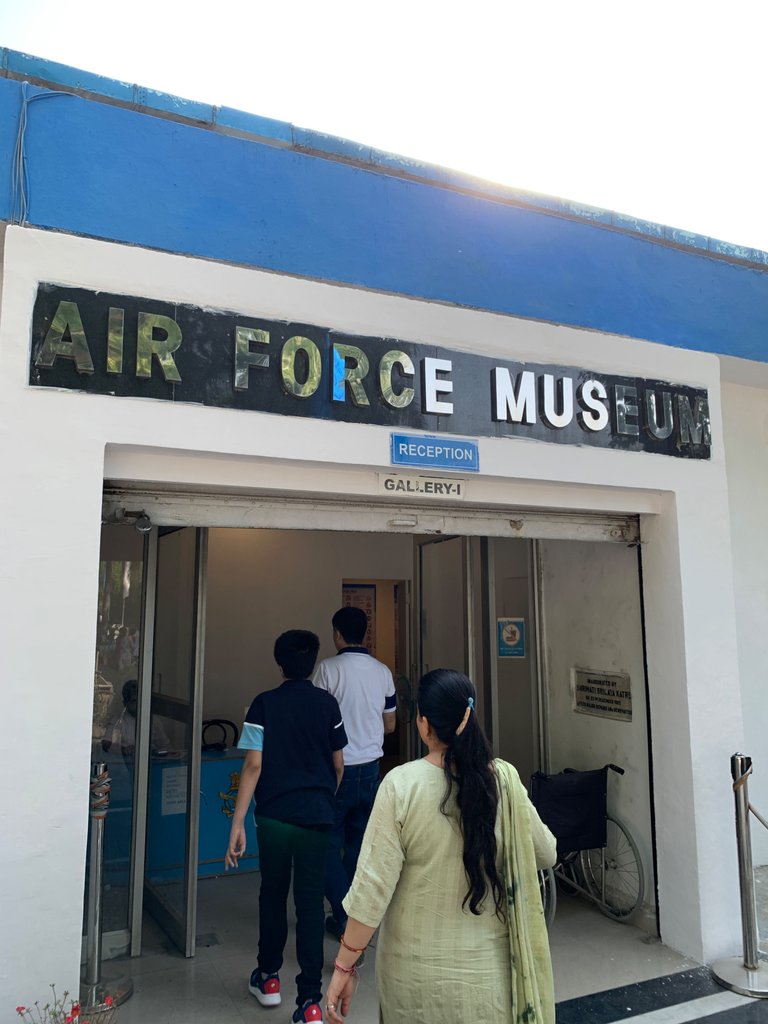


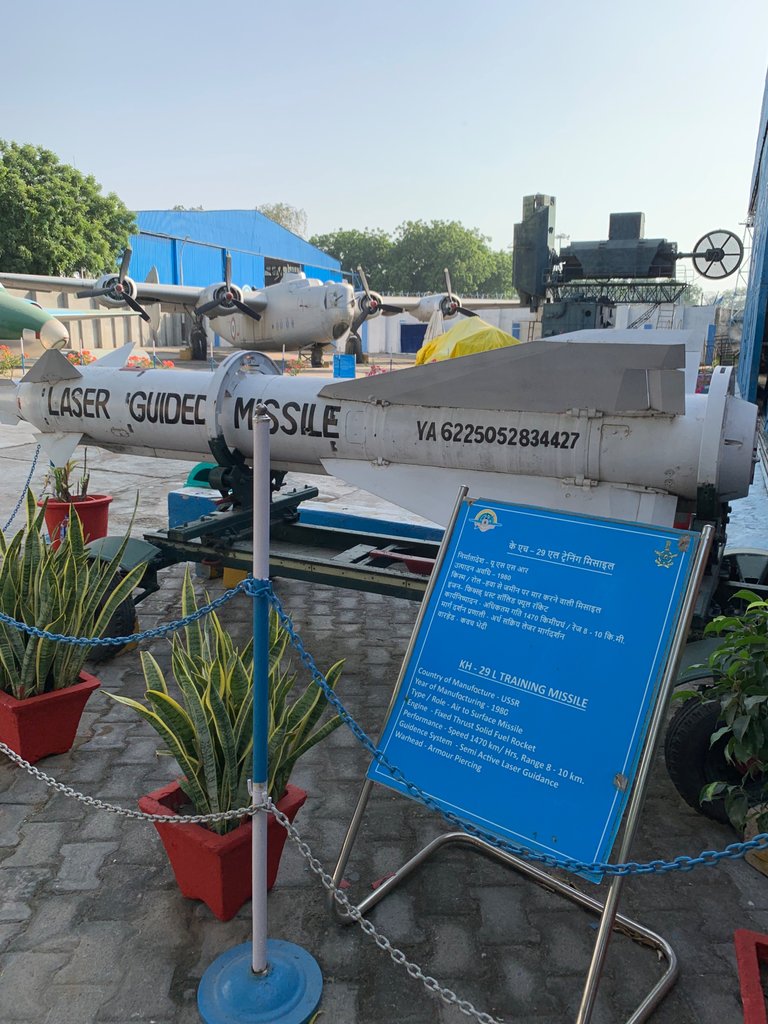
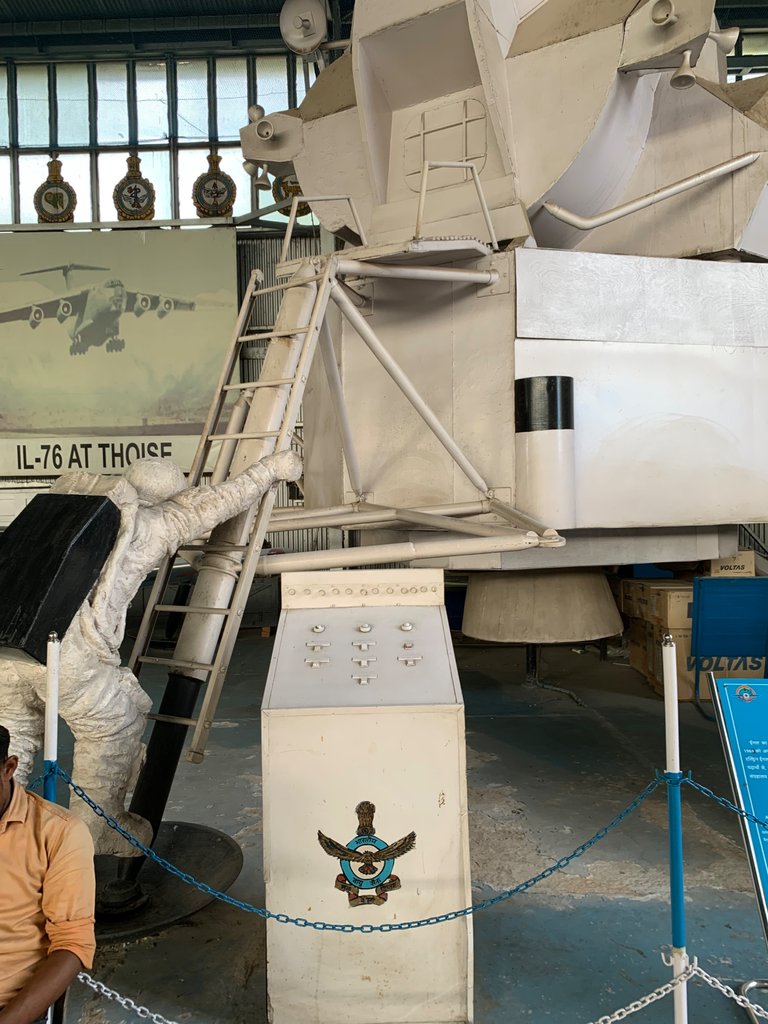
One of the most awe-inspiring moments of our visit was when we stumbled upon the statue of Flying Officer Nirmal Jit Singh Sekhon. During the 1971 Indo-Pak war, he displayed immense bravery and skill as he piloted his Intrepid Gnat in Srinagar. Despite being overwhelmed, he managed to destroy two enemy aircraft and damage a third one before sacrificing his life. His heroic actions earned him the Param Vir Chakra, which was awarded posthumously.
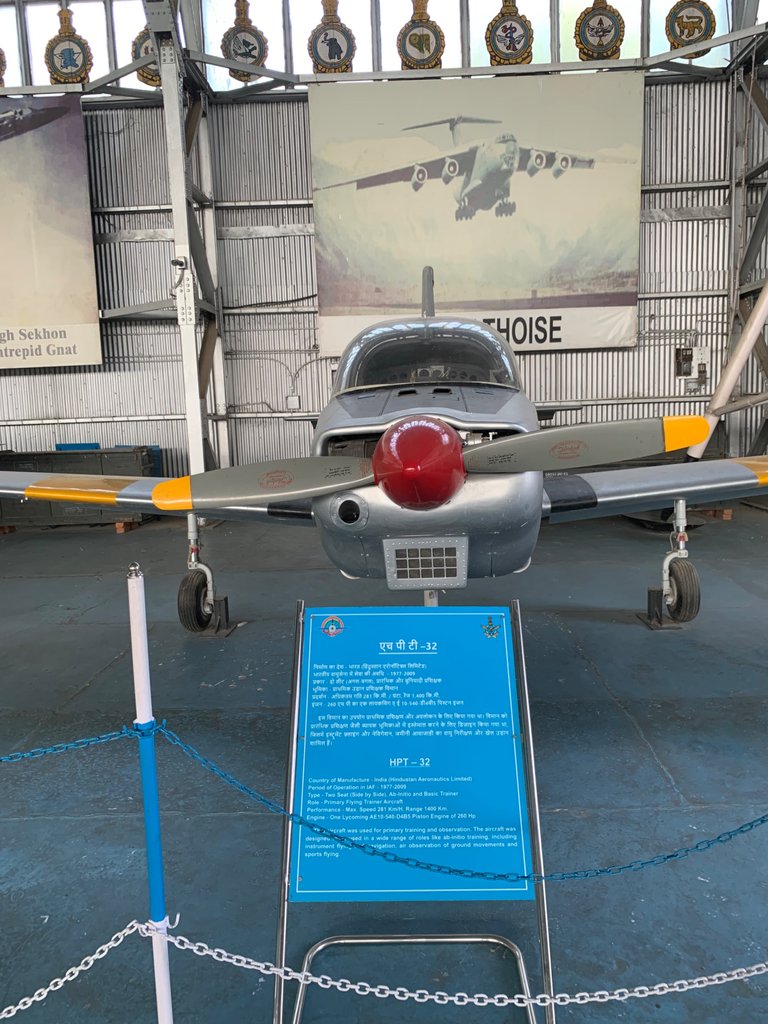
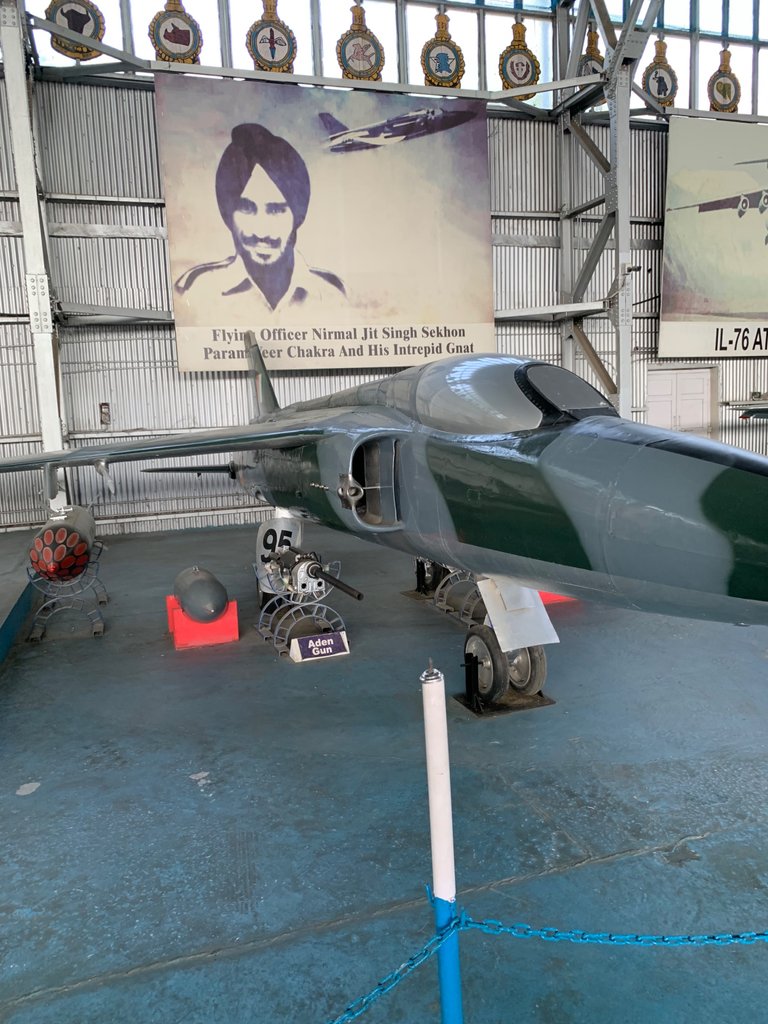
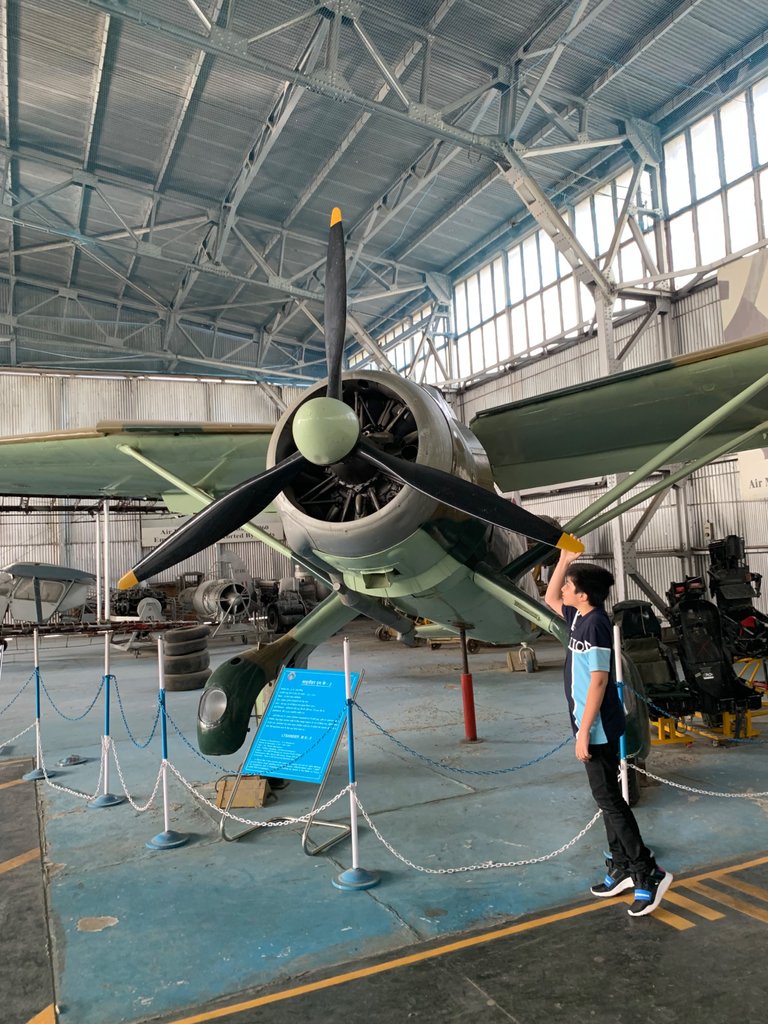
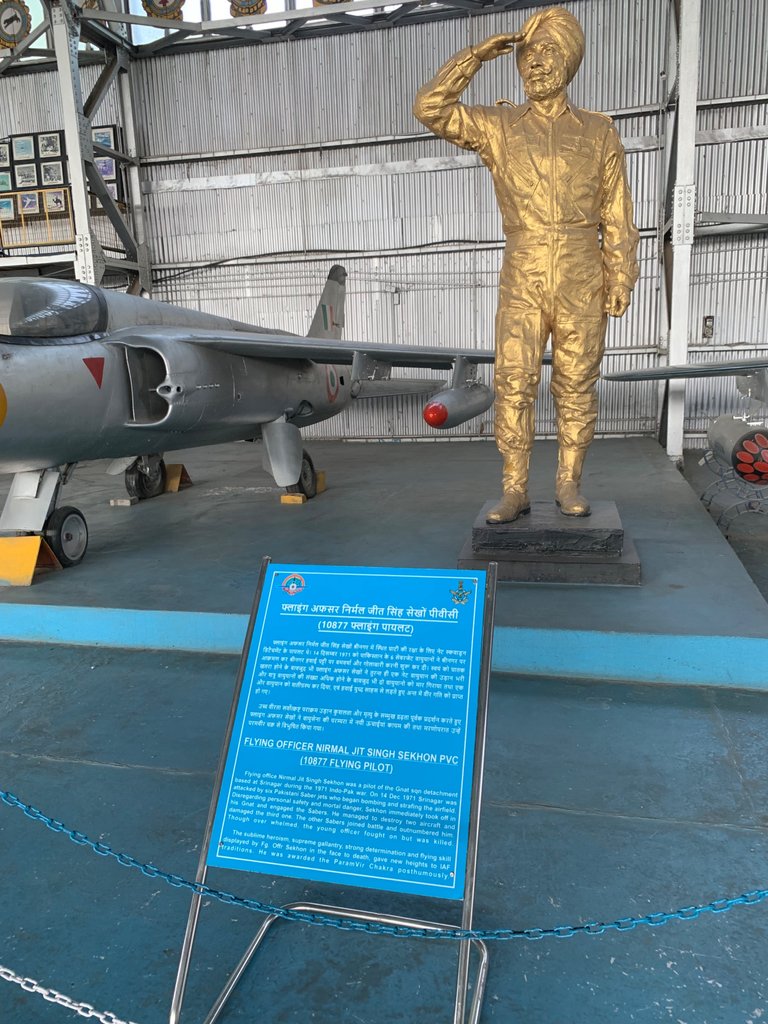
Continuing our journey, we encountered the Lysander M K-II and Wapiti (MK-II A), both of which played significant roles in the history of aviation. Additionally, we were fascinated by the Ohka Model-II, a Japanese missile manufactured in 1944. This missile had a devastating impact on the Pacific, sinking 34 and damaging 228 US ships.
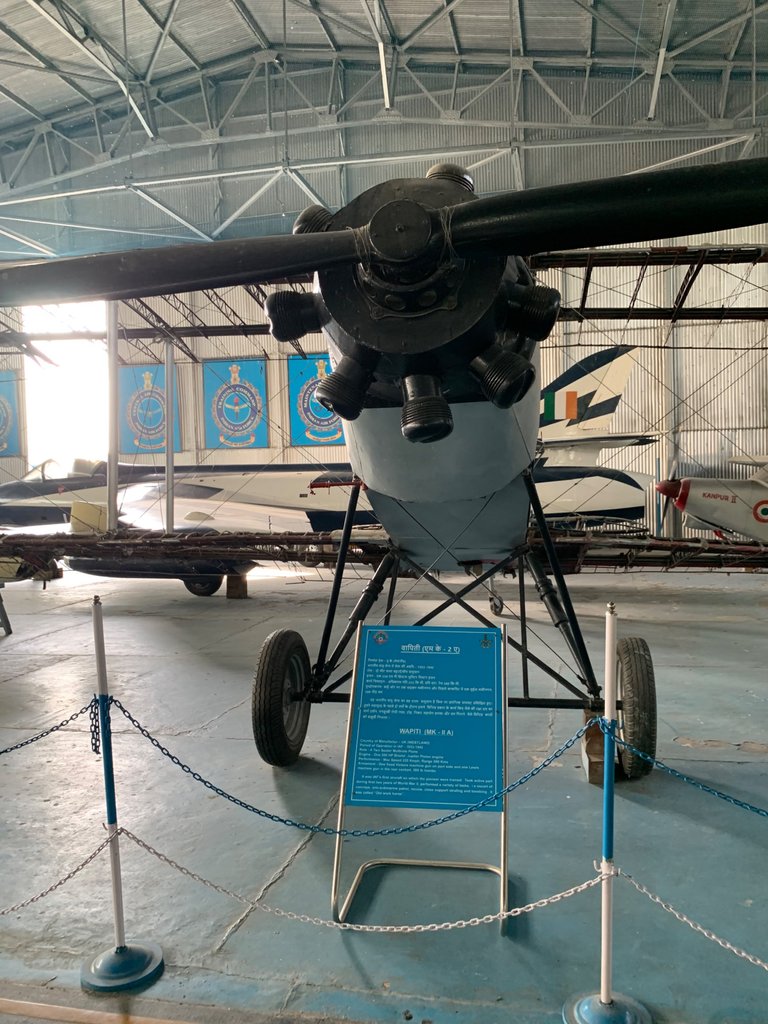
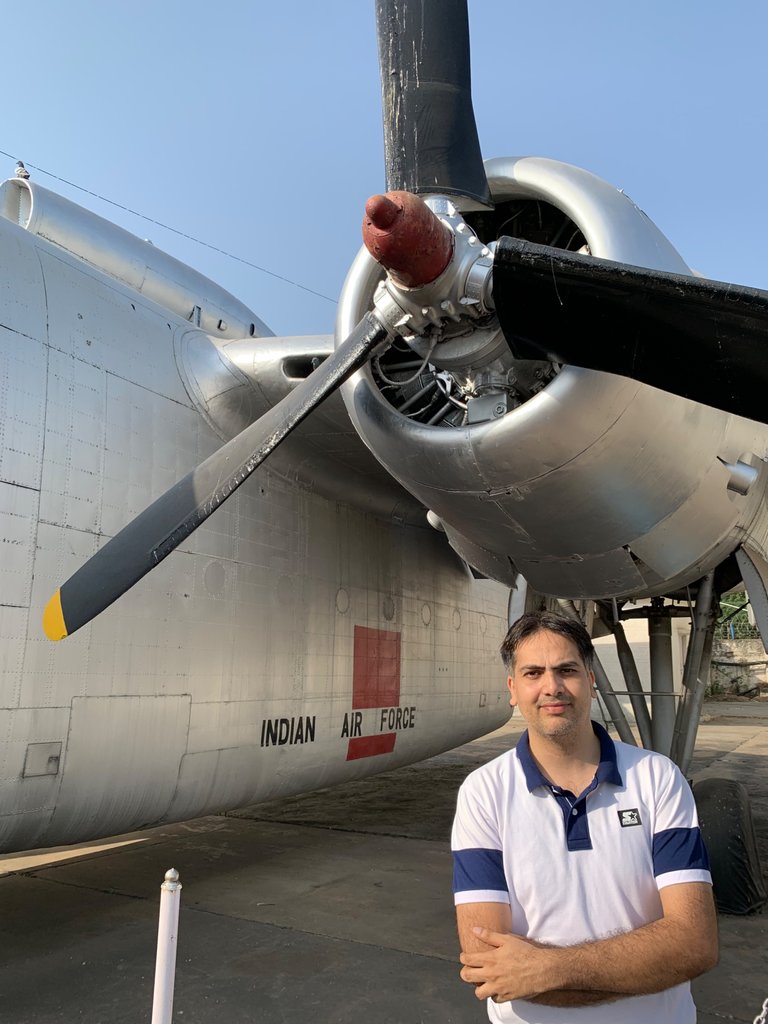
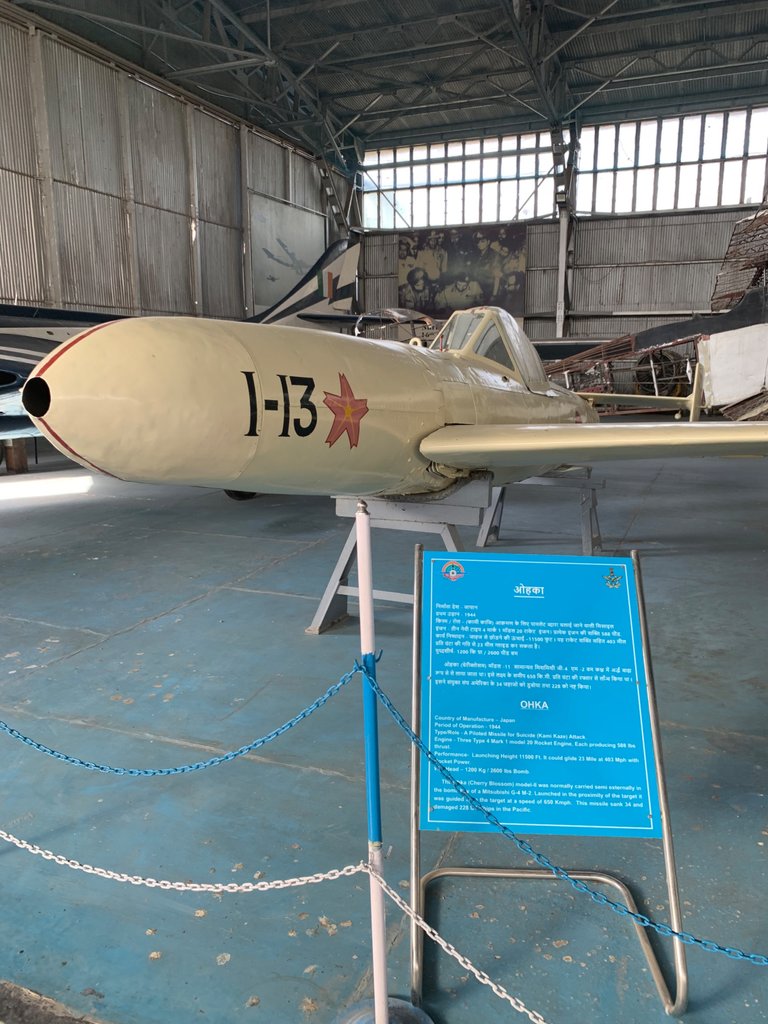
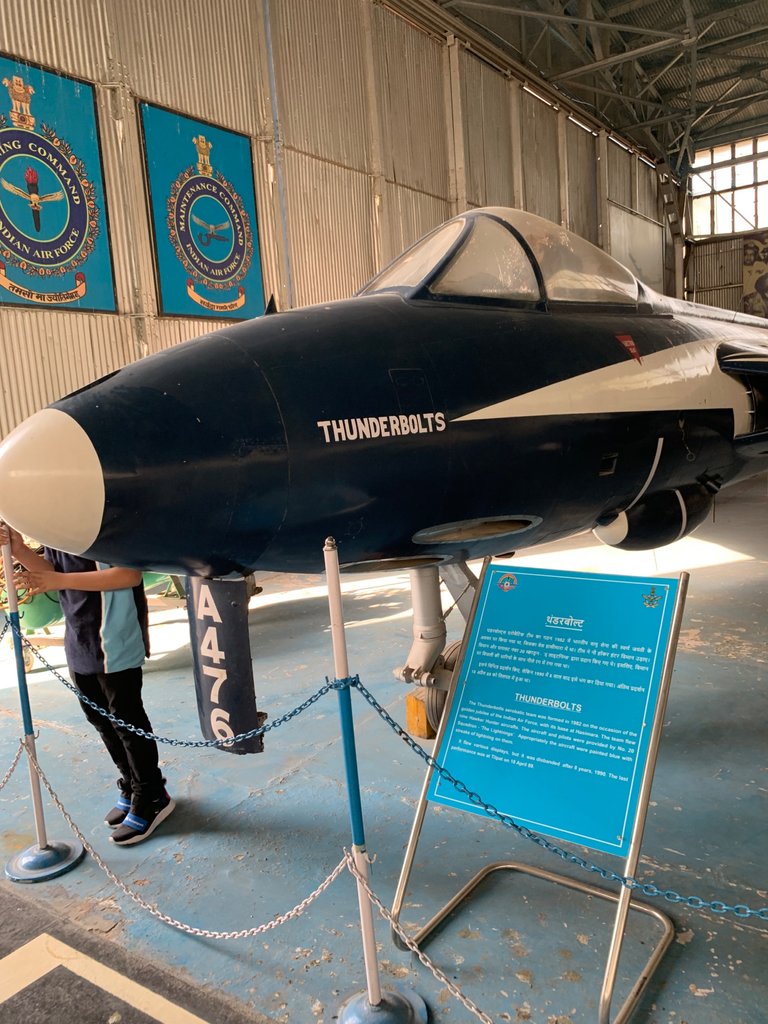
As we explored further, we came across the Thunderbolts, a squadron formed in 1982 to commemorate the golden jubilee of the Indian Air Force. Although it flew various displays, the squadron was disbanded in 1990, with its last performance taking place in Tilpat on 18 April 1989.
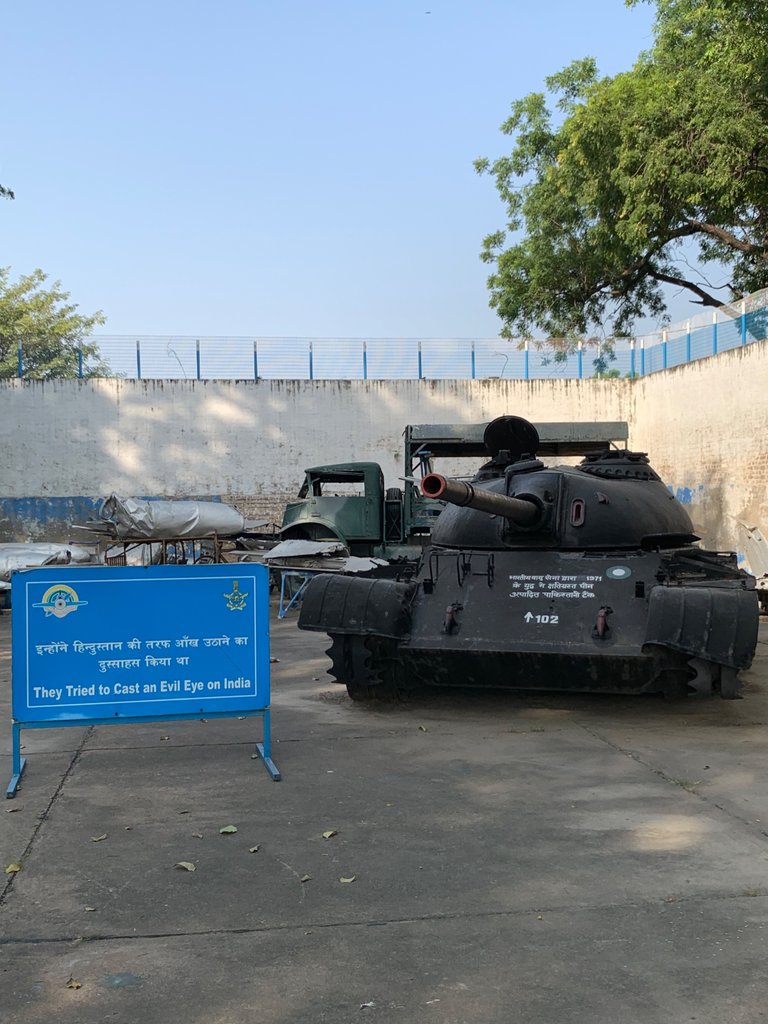

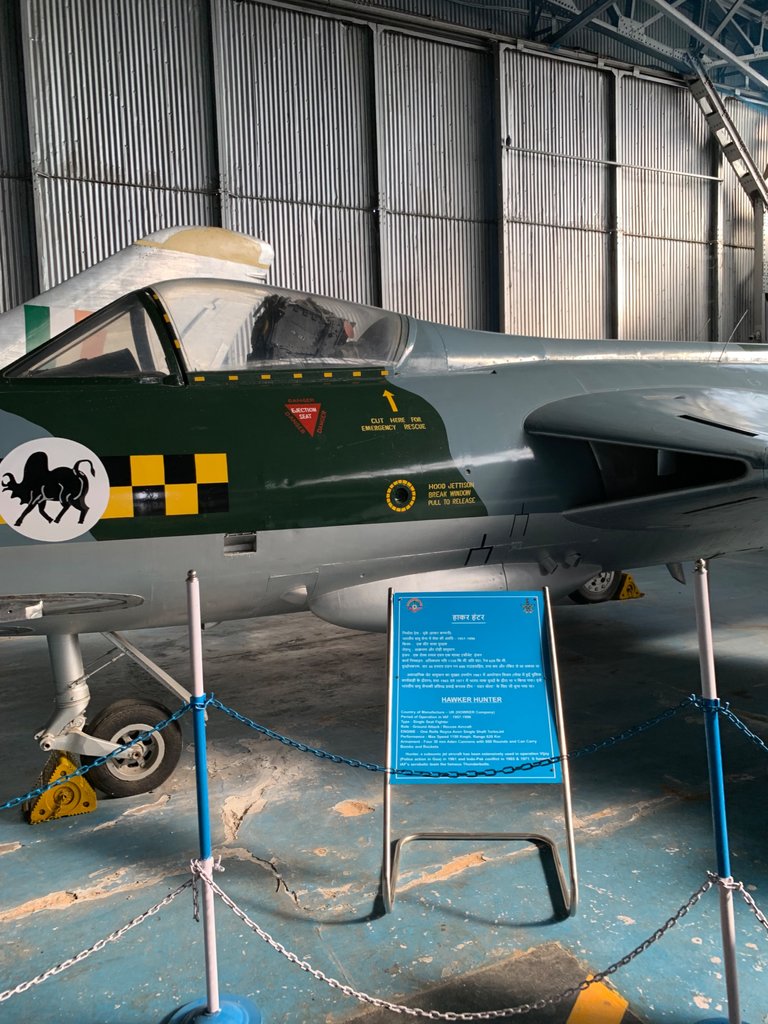
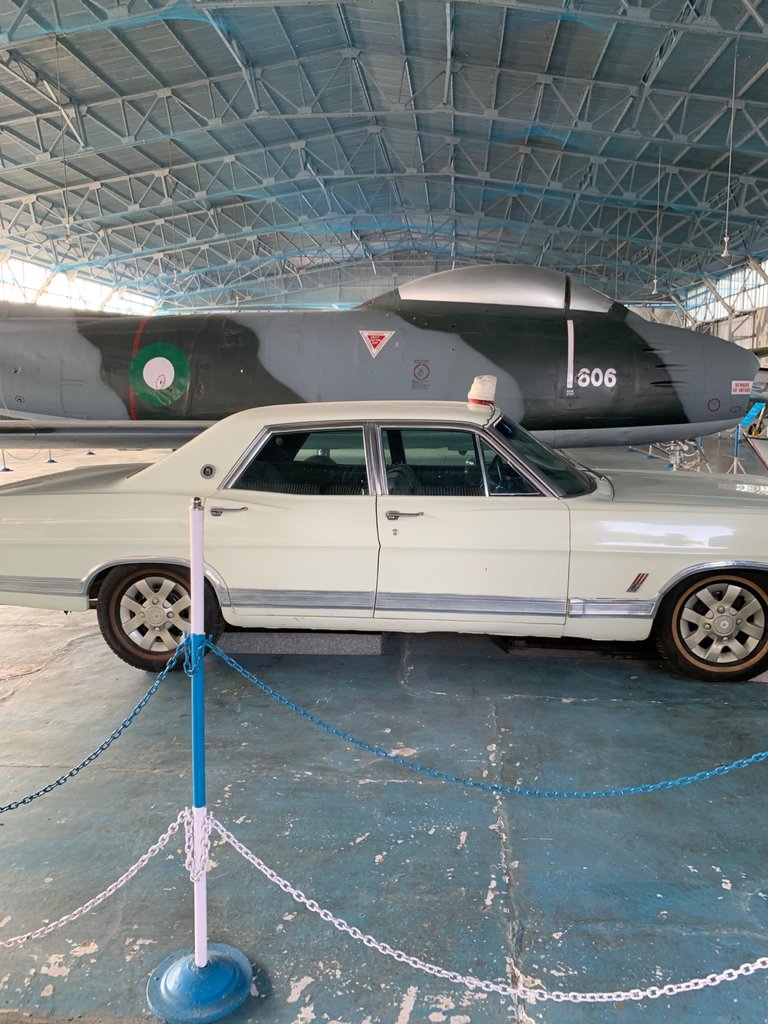
The museum also showcased the MIG-21 Bison Type 75 and Hawker Hunter, both iconic aircraft in the Indian Air Force’s history. Additionally, we were able to witness the remnants of a Pakistani Sabre Jet Aircraft that was shot down during the 1971 Indo-Pak War, serving as a reminder of the bravery and sacrifices made by our armed forces.
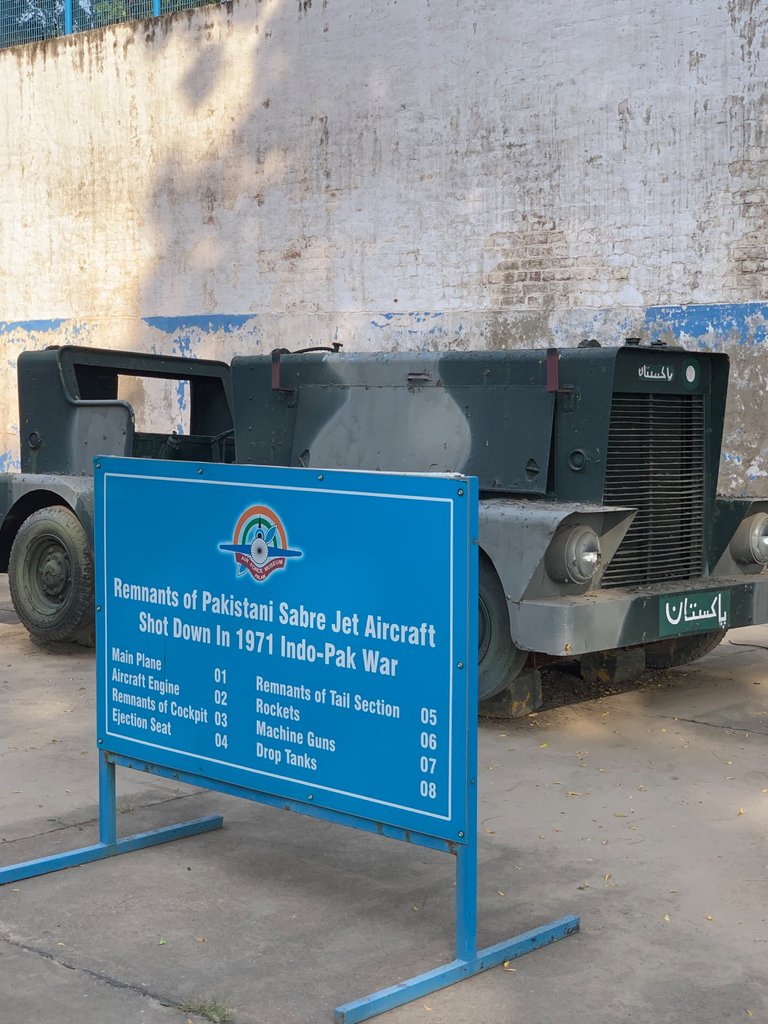
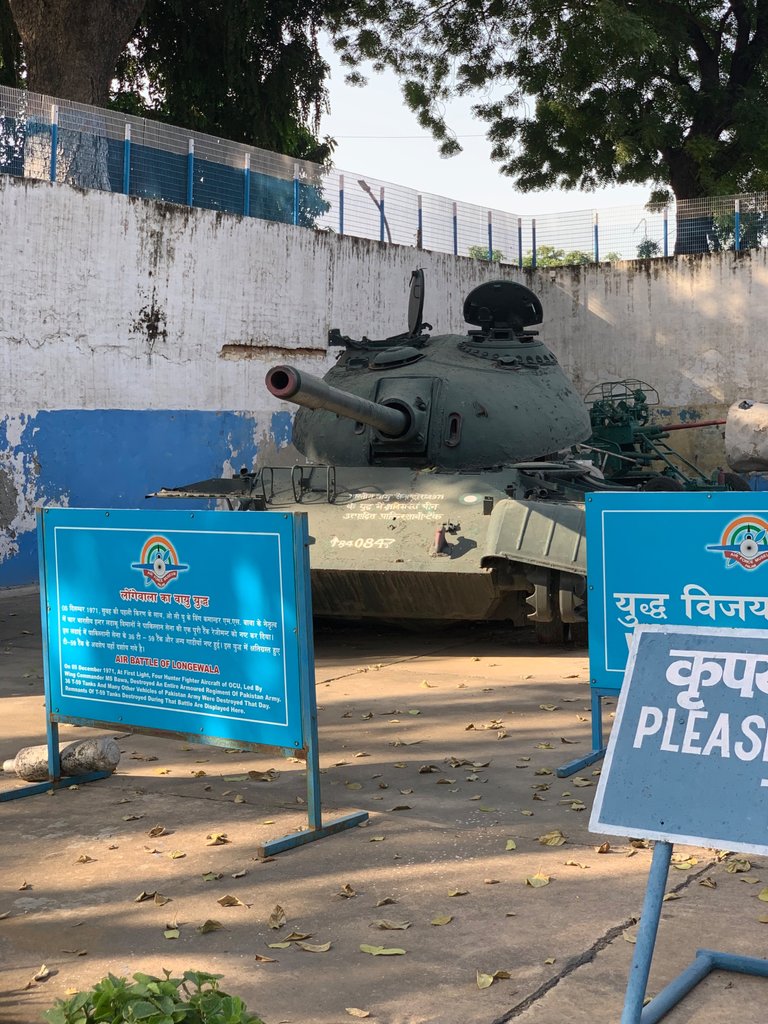
Few meters away, we entered a souvenir shop that displayed various items related to Air Commodore Mehar Singh. Among the exhibits were his statue and the trophy he received for winning the IAF Swarm Drone Competition from 2018 to 2021. It was inspiring to see the achievements of our Air Force personnel being celebrated and recognised.
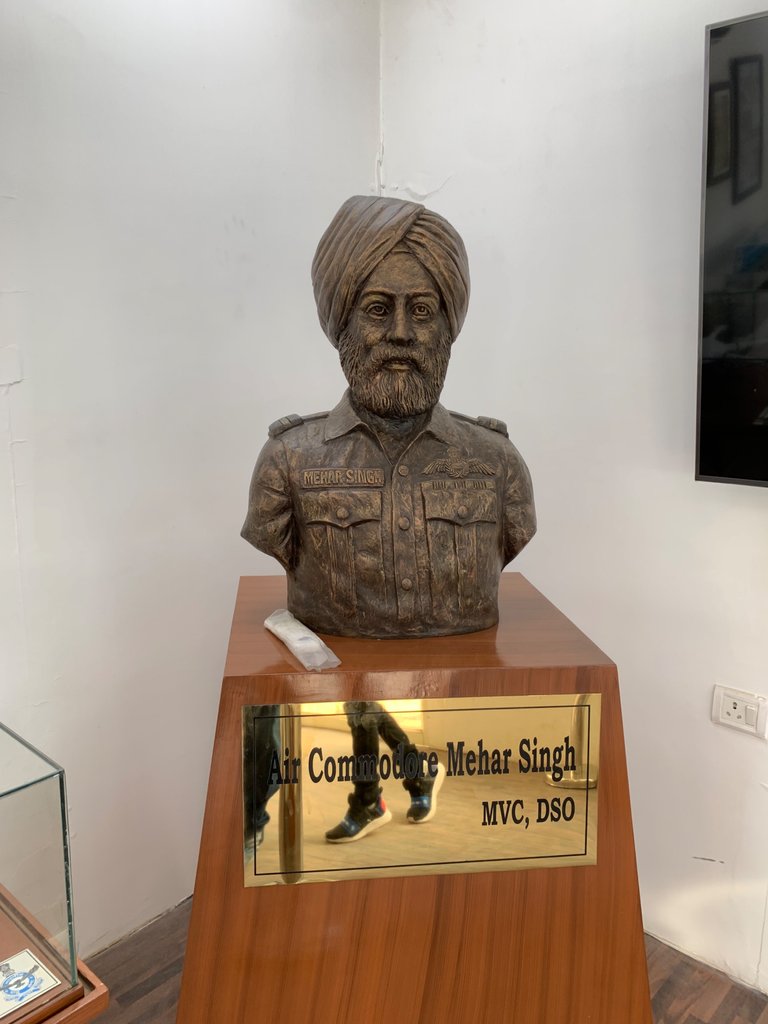

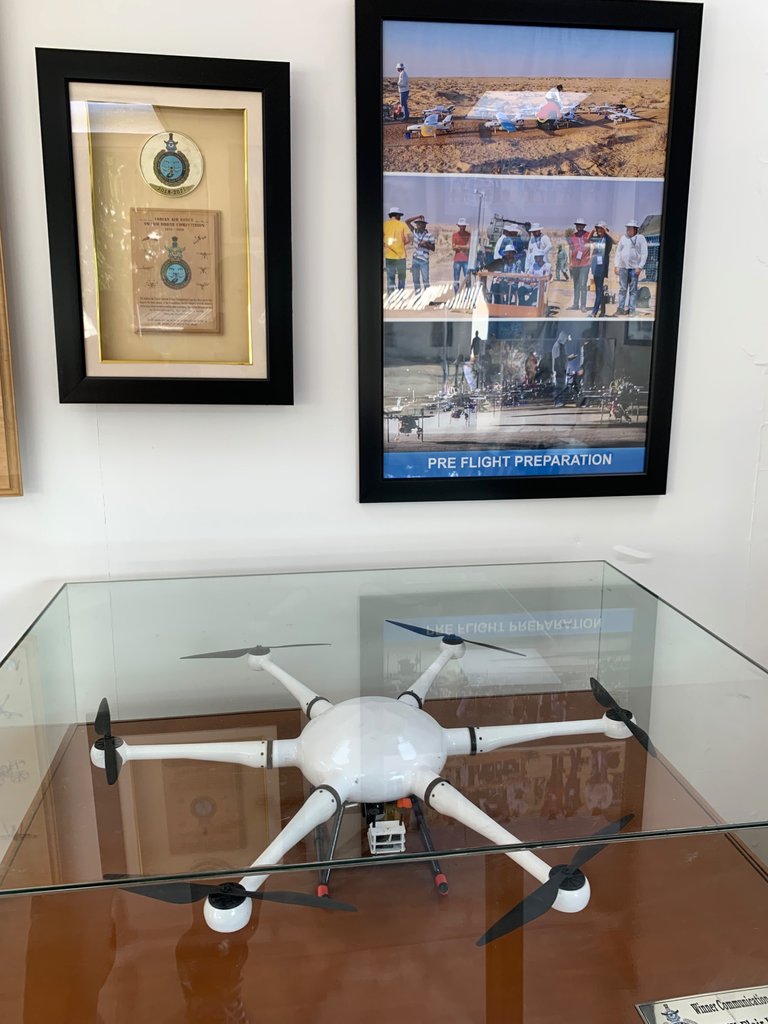
Finally, entering the main gate, we were greeted by the display of the uniform of Air Chief Marshal Nak Browne and Marshal Arjun Singh, a distinguished figure in the Indian Air Force. It was a symbol of honour and authority, reminding us of the dedication and sacrifice of the brave men and women who serve in the Indian Air Force.
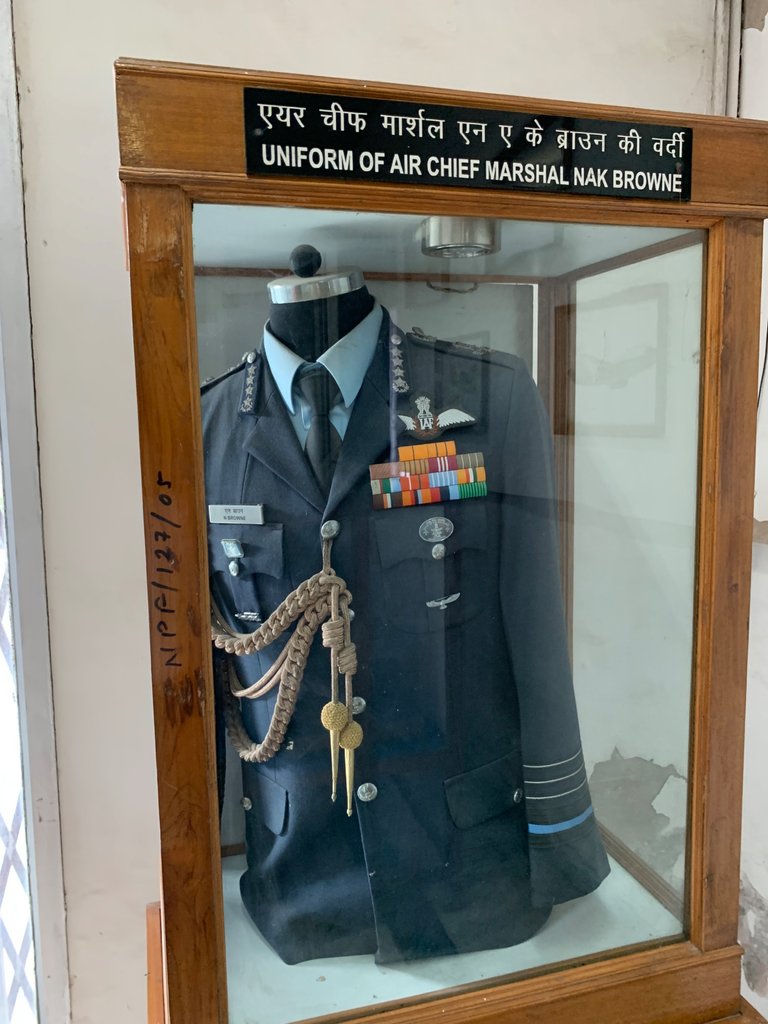
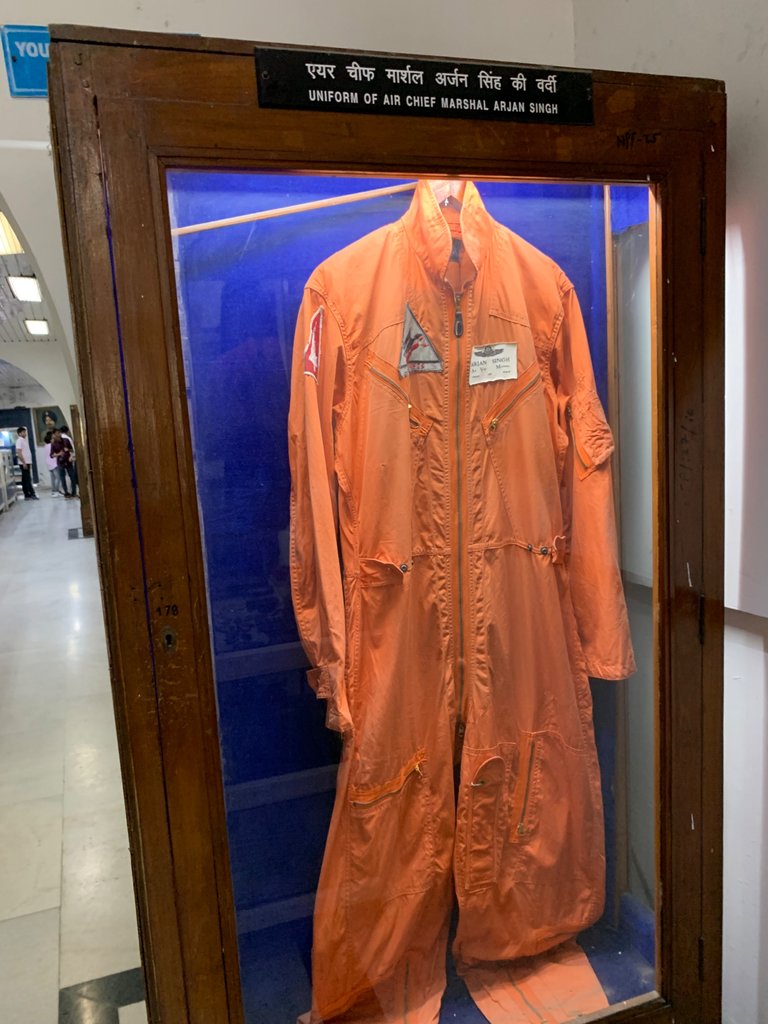
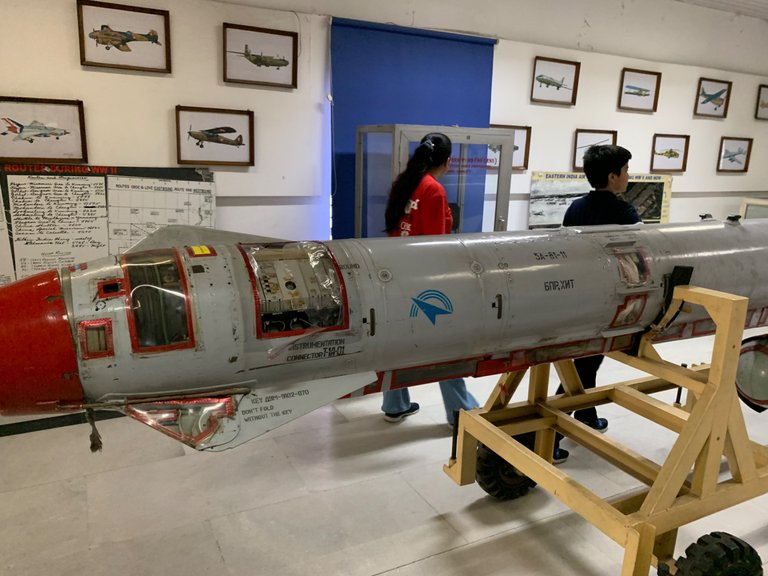
As we continued walking, we came across the F-89 Aircraft Camera, specifically designed for high altitude night photography. It’s advanced technology and sleek design left us in awe, showcasing the remarkable progress made in aviation over the years. The museum’s collection also included the Rocket 57-mm, which served as a reminder of the firepower and defence capabilities of the Indian Air Force.
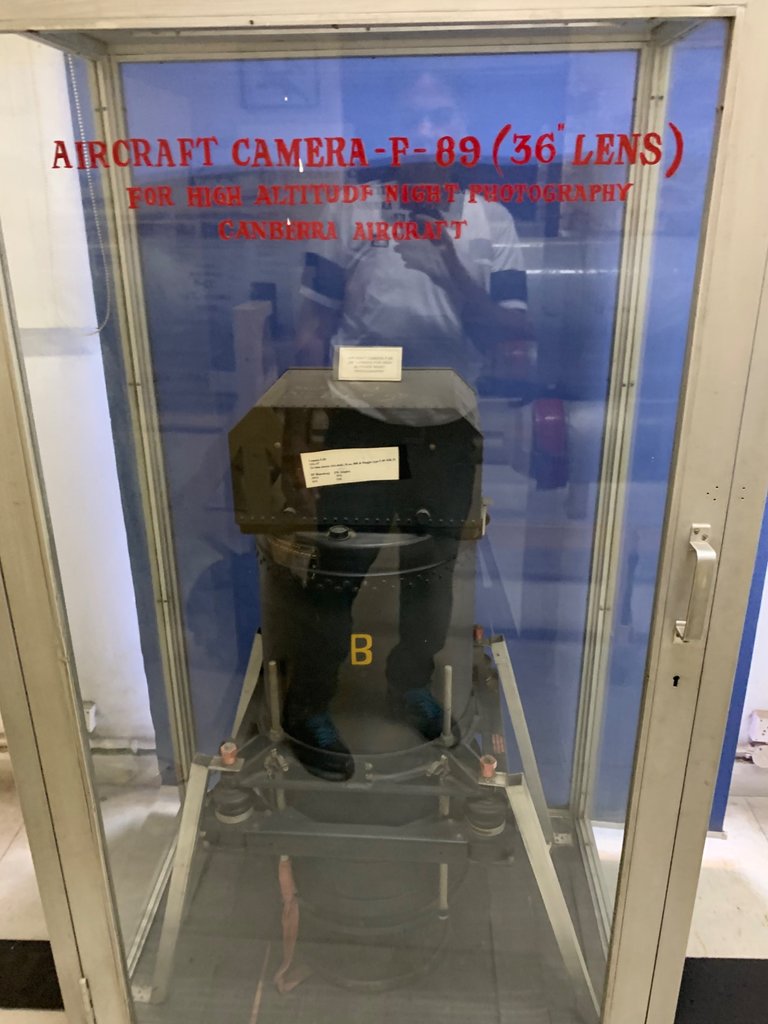
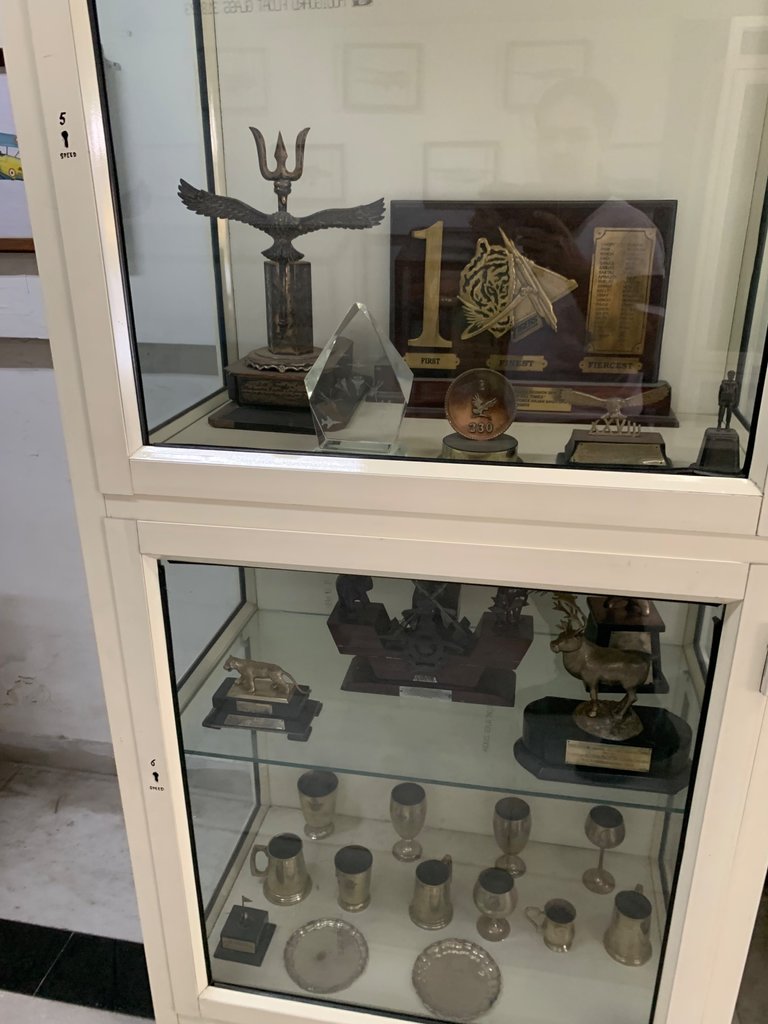
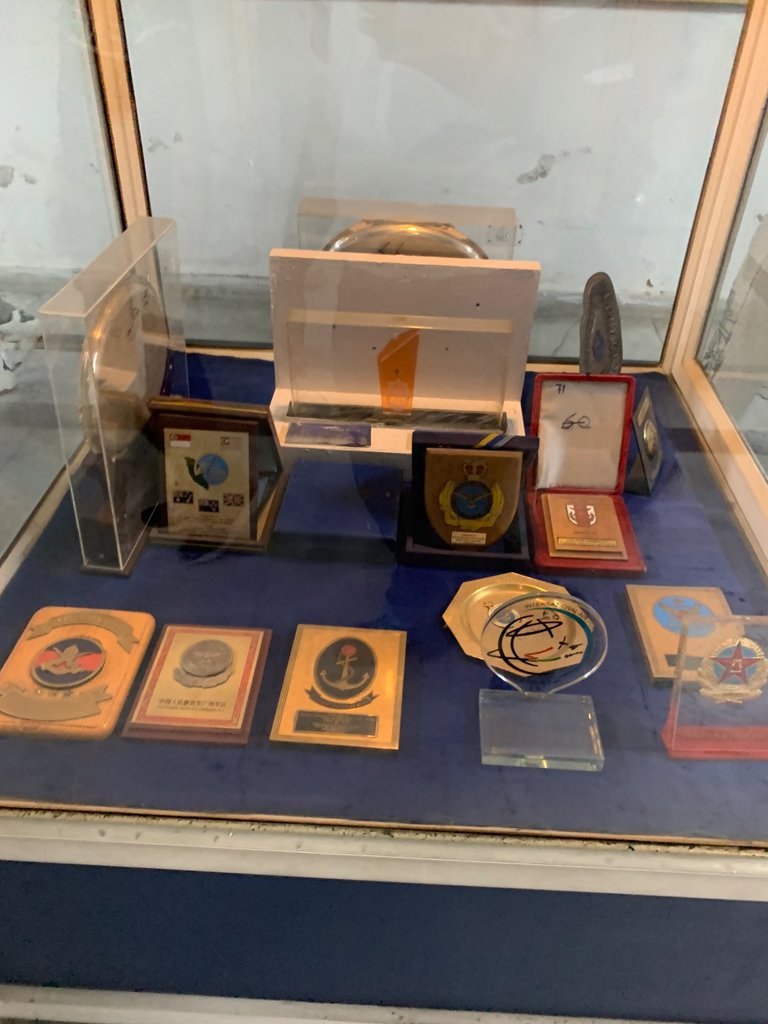

Another most fascinating aspects of the museum was the display of badges presented by all ranks of the airfield services unit and Indian naval headquarters. These badges represented the achievements and recognition earned by the dedicated personnel of the Indian Air Force. Additionally, we were able to witness various equipment used by the Air Force, which further emphasised the importance of their work in safeguarding our nation.
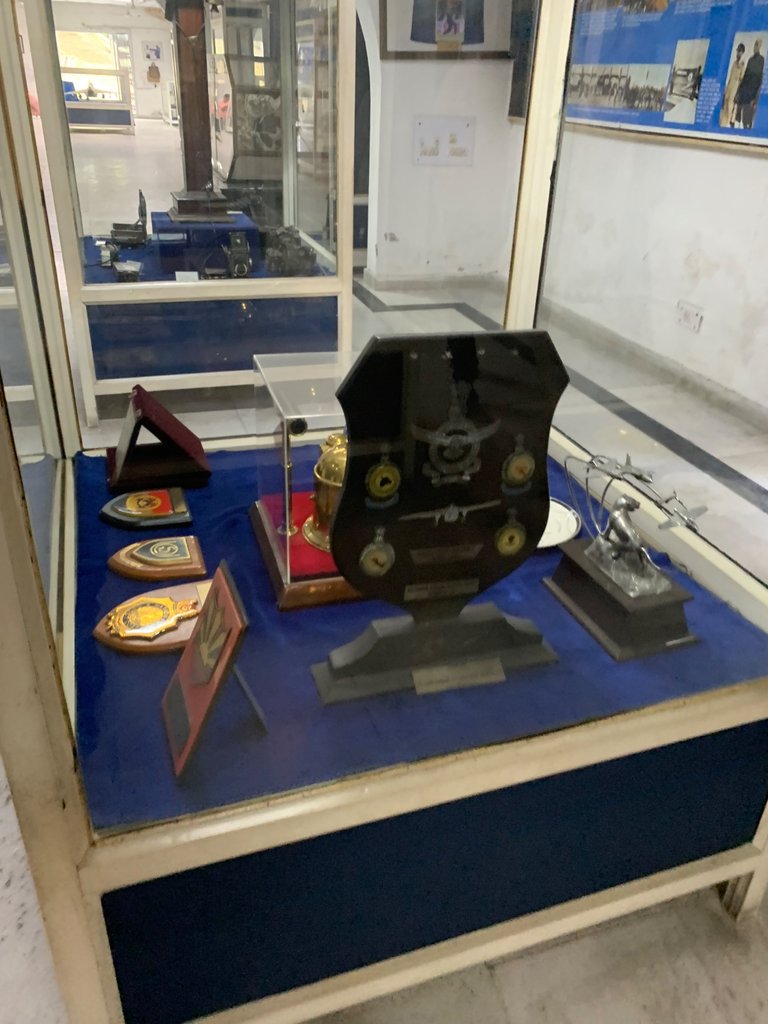


After spending an hour exploring the museum, we decided to satisfy our hunger at the Longewala Lounge. The aroma of delicious food filled the air as we indulged in their famous chowmein, spring rolls, cheeseburgers, and refreshing lemonade. It provided a comfortable and relaxing ambiance, allowing us to reflect on the incredible experience we had just encountered.

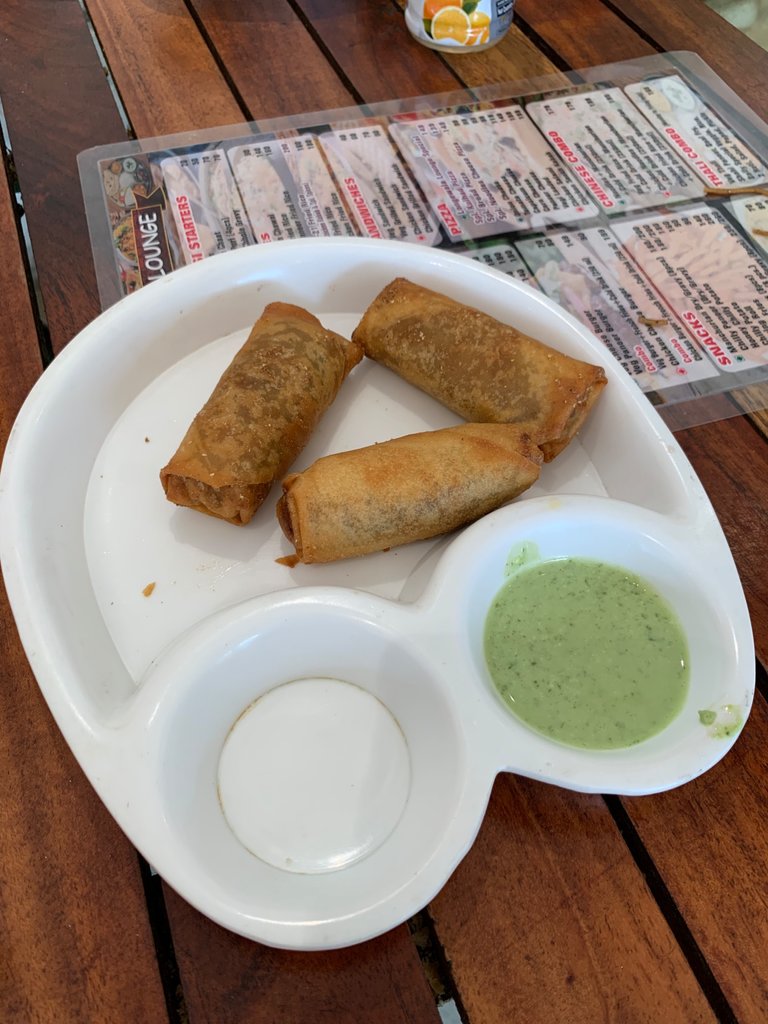
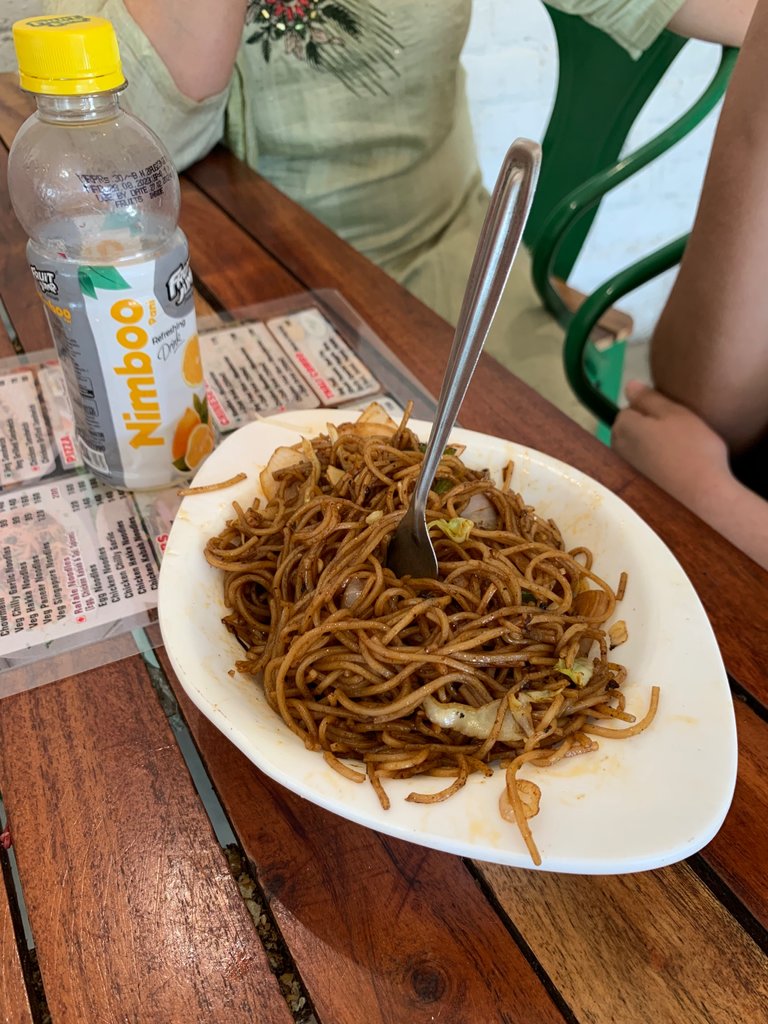
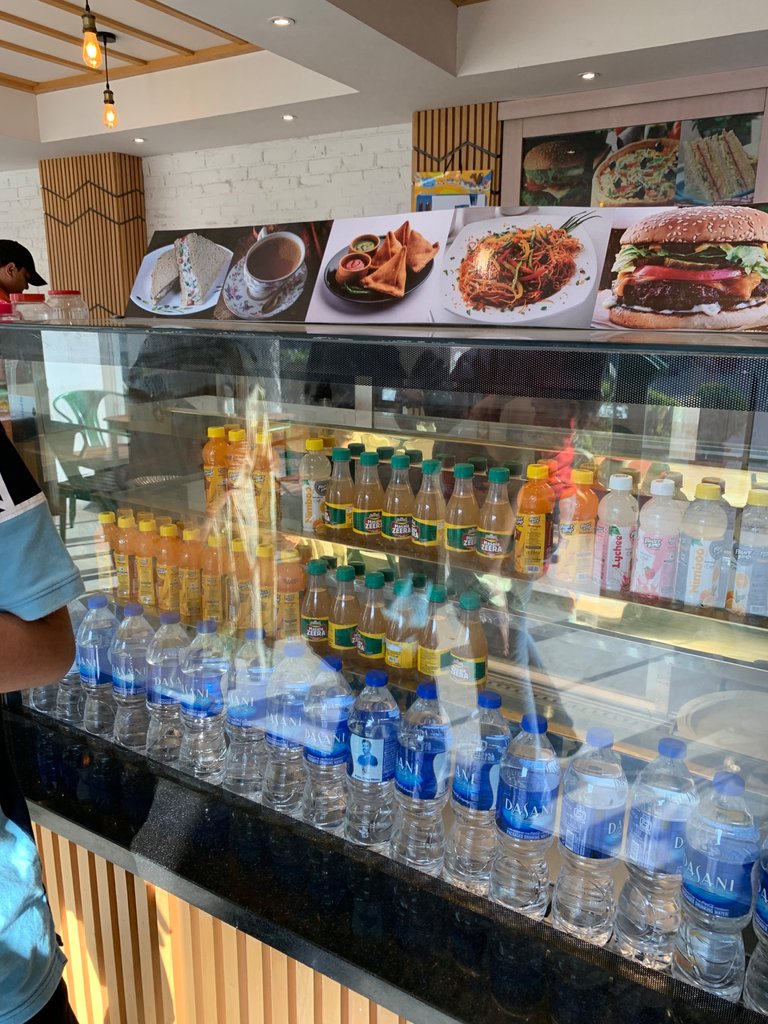
Our visit to the Airforce Museum was truly memorable and educational. Such visits to museums are essential for everyone as they provide a unique opportunity to gain knowledge and exposure. It also encourages teenagers to explore their own interests and aspirations, inspiring future generations to contribute to the nation’s defence and progress.
Device used for photography: IPhone XS Max.
This blog is completely original and free of plagiarism. Thank you!
Congratulations, your post has been added to Pinmapple! 🎉🥳🍍
Did you know you have your own profile map?
And every post has their own map too!
Want to have your post on the map too?
Thank you.
Hello, I've already visited the air museum here in Portugal. The guide said that this museum existed in several countries. From the photographs, this one looks bigger than the museum here in Portugal. But I loved the museum and the guide was super friendly. I had a guide just for me and my boyfriend. It was really cool. Thanks for sharing 🙂
Thank you for taking the time to read this. I appreciate that! Yeah, I think it took us one hour to explore the entire museum. It was quite big. But we were also stopping by, in between to learn more about the aviation history. Would love to visit it again maybe someday 😊.
Hiya, @lizanomadsoul here, just swinging by to let you know that this post made it into our Honorable Mentions in Travel Digest #2023.
Your post has been manually curated by the @pinmapple team. If you like what we're doing, please drop by to check out all the rest of today's great posts and consider supporting other authors like yourself and us so we can keep the project going!
Become part of our travel community:
Thankyou 😊